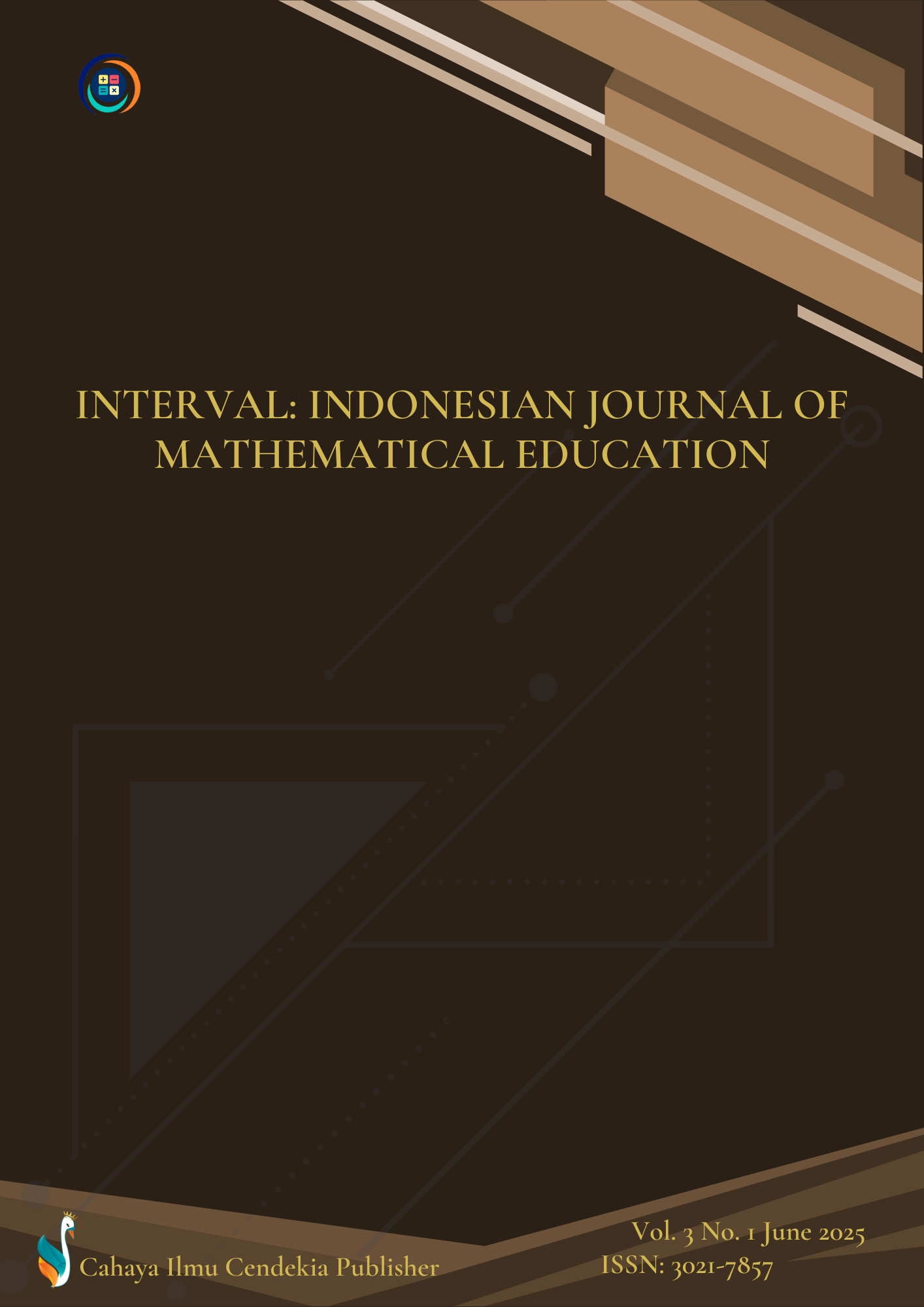Application of Adams-Bashforth-Moulton Method on Logistic Equation in Predicting Population Growth
Abstract
Purpose of the study: This study aims to obtain population growth prediction results using the Adams-Bashforth-Moulton method.
Methodology: This type of research is applied research. In this study, the Adams-Bashforth-Moulton method was applied by solving the problem of population growth in South Sulawesi Province.
Main Findings: The logistic equation for population growth with a step size of h = 1 and the capacity of South Sulawesi Province is 20,000,000 people, with a growth rate of 2%. The numerical solution of the logistic equation for population growth at time t = 2020 with an optimal step size of ℎ = 1 is 8,944,168 people.
Novelty/Originality of this study: This research is unique in the form of applying the Adams-Bashforth-Moulton method to solve problems in calculating population growth in South Sulawesi Province.
References
[2] F. Reichert, D. Lange, and L. Chow, “Educational beliefs matter for classroom instruction: A comparative analysis of teachers’ beliefs about the aims of civic education,” Teach. Teach. Educ, vol. 98, pp. 1–13, 2020, doi: 10.1016/j.tate.2020.103248.
[3] I. Irwanto, E. Rohaeti, and A. K. Prodjosantoso, “A Survey Analysis of Pre-Service Chemistry Teachers’ Critical Thinking Skills,” MIER Journal of Educational Studies, Trends & Practices, vol. 8, no. 1, pp. 57–73, 2018.doi: 10.52634/mier/2018/v8/i1/1423.
[4] A. Hofstein and R. Mamlok-Naaman, “High-school students’ attitudes toward and interest in learning chemistry,” Educacion Quimica, vol. 22, no. 2, pp. 90–102, 2011, doi: 10.1016/s0187-893x(18)30121-6.
[5] J. F. Hair, R. E. Anderson, R. L. Tatham, and W. C. Black, Multivariate Data Analysis, 7th ed. United Stated, Pearson Education Limited, 2019.
[6] M. Pressley and C. B. McCormick, Advanced educational psychology for educators, researchers, and policymakers. New York, USA: HarperCollins College Publishers, 1995.
[7] R. G. Brockett and R. Hiemstra, Self-direction in adult learning: Perspectives on theory, research, and practice. London and New York: Routledge, 2020.
[8] B. J. Zimmerman and A. R. Moylan, “Self-regulation: where metacognition and motivation intersect,” in D. J. Hacker, J. Dunlosky, and A. C. Graesser, Eds., Handbook of Metacognition in Education, 2009, pp. 299–315.
[9] G. Veruggio, “The EURON roboethics roadmap,” in Proc. Humanoids ’06: 6th IEEE-RAS Int. Conf. Humanoid Robots, 2006, pp. 612–617, doi: 10.1109/ICHR.2006.321337.
[10] J. Zhao, G. Sun, G. H. Loh, and Y. Xie, “Energy-efficient GPU design with reconfigurable in-package graphics memory,” in Proc. ACM/IEEE Int. Symp. Low Power Electron. Design (ISLPED), Jul. 2012, pp. 403–408, doi: 10.1145/2333660.2333752.
Copyright (c) 2025 Bernard Alorgbey, Sumarni Abdullah, Paul Kahenya Njoroge, Yusra Rewili

This work is licensed under a Creative Commons Attribution 4.0 International License.
Authors who publish with this journal agree to the following terms:
- Authors retain copyright and acknowledge that the Interval: Indonesian Journal of Mathematical Education is the first publisher licensed under a Creative Commons Attribution 4.0 International License.
- Authors are able to enter into separate, additional contractual arrangements for the non-exclusive distribution of the journal's published version of the work (e.g., post it to an institutional repository or publish it in a book), with an acknowledgment of its initial publication in this journal.
- Authors are permitted and encouraged to post their work online (e.g., in institutional repositories or on their website) prior to and during the submission process, as it can lead to productive exchanges and earlier and greater citation of published work.





.png)
.png)













